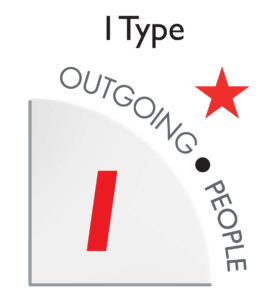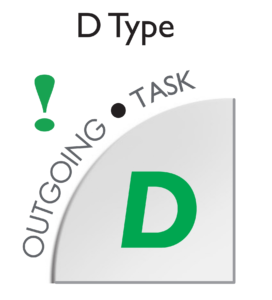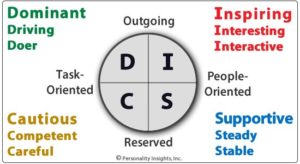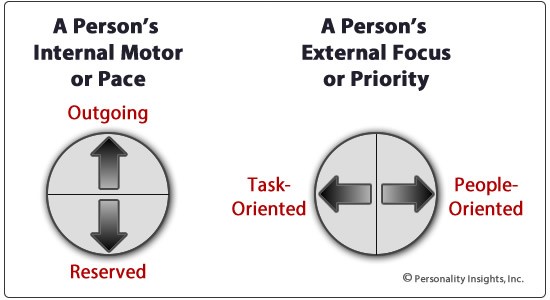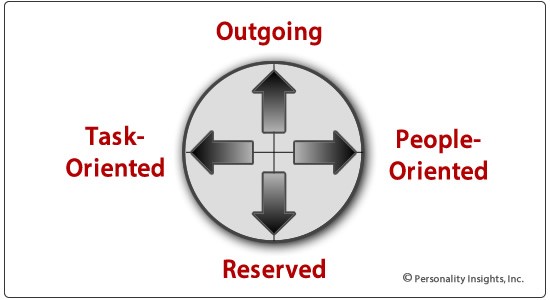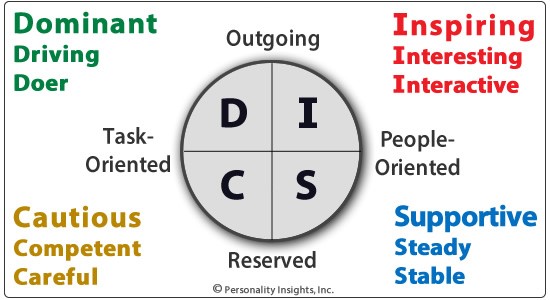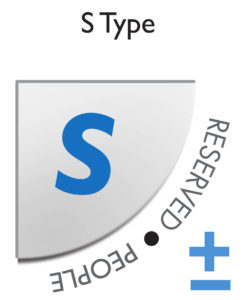
This entry is the third of a four part series that will briefly describe each primary personality type in the DISC Model of Human Behavior. Remember, that everyone is a unique combination of all four types. That’s what makes you, you! Today look at understanding the “S” type personality.
Everyone knows that someone who seems very non-committal about most things in their lives. You ask them, “Where do you want to eat?” The response is usually, “I don’t care. Where do you want to go?” Here’s a secret. It’s not that they don’t care. They care DEEPLY about making sure YOU are happy. That is the wonderful peace that comes from being a “High S”. 🙂
Here are 5 phrases that describe people that are a “High S”:
Supportive
Stable
Steady
Sentimental
Status Quo
Shy
They are reserved and people-oriented. If you’re unsure about how those two terms work together, you can read more about that here.
S’s will give you the shirts off their backs. They love peace and friendly environments. They are all about teamwork and helping others. Under control, they are cooperative, great listeners, and reliable. However, when they are out of control they can be resistant to change, indecisive, and used by others. The highlight of their day is making someone else’s day. They make great counselors, nurses, real estate agents.
When they communicate they use a steady even-tempered delivery. However, they are often the last to voice their opinions as they don’t like conflict. They are very patient and make for the most loyal friends. They are great at finishing projects. They are the first to say, “If it ain’t broke, don’t fix it!”
Their motto is: Ready, Ready, Ready….
They represent about 30-35% of the population.
In summary, S’s in the workplace or your family are going to be steady people who are compassionate. To get them to respond, provide a friendly environment for them to live or work and they will support your efforts. S’s are the glue that holds organizations and families together. Thank goodness for S’s!! 🙂
For more information about DISC, or to inquire how Alex can help your business increase sales and build better teams, simply fill out the contact information below. Thanks for stopping by!
Alex Swire-Clark
The Rapport Advantage™
Connect Quicker With People, Close More Sales, Build Better Teams
Contributions by Robert A. Rohm, Ph.D.

